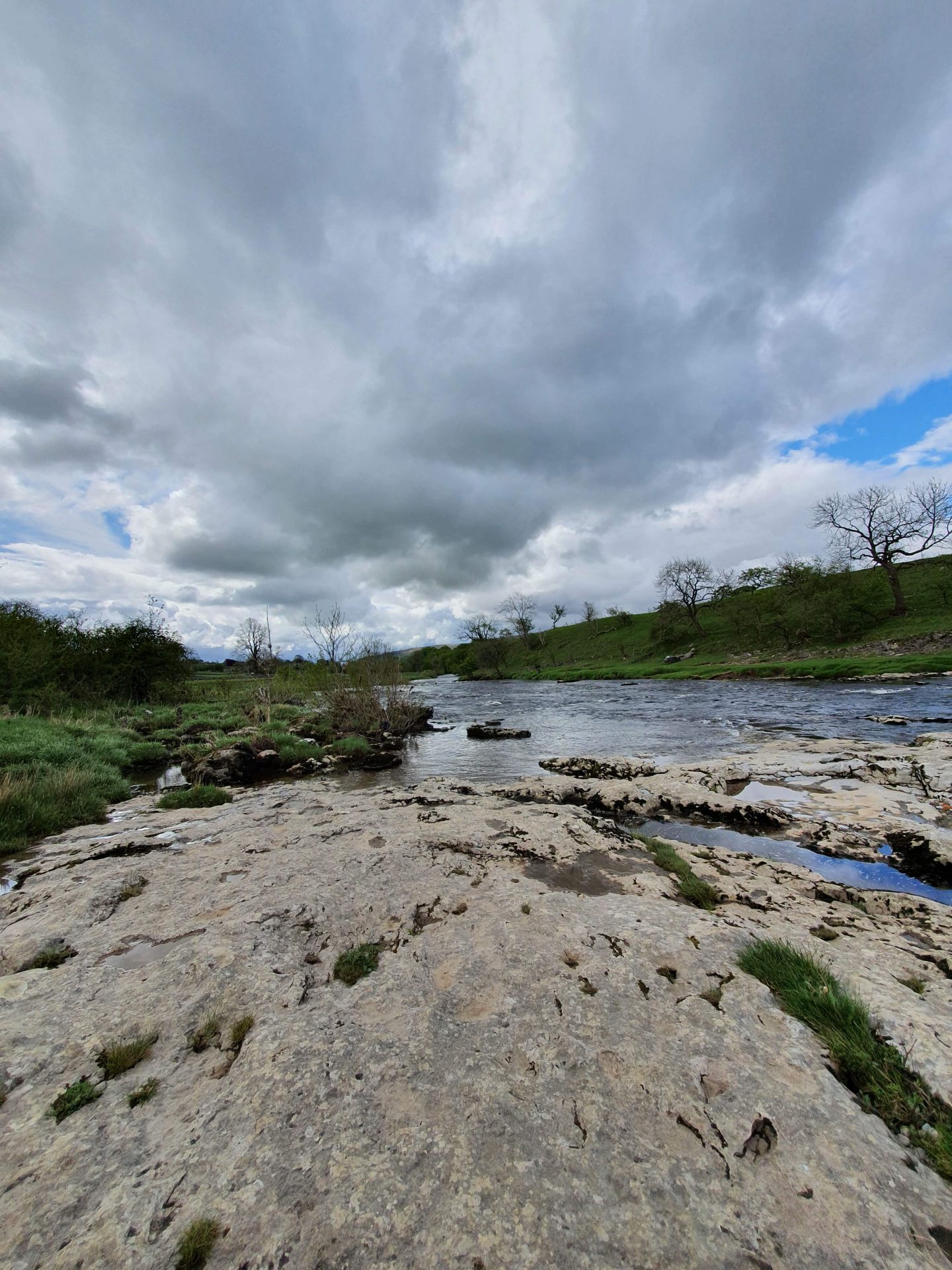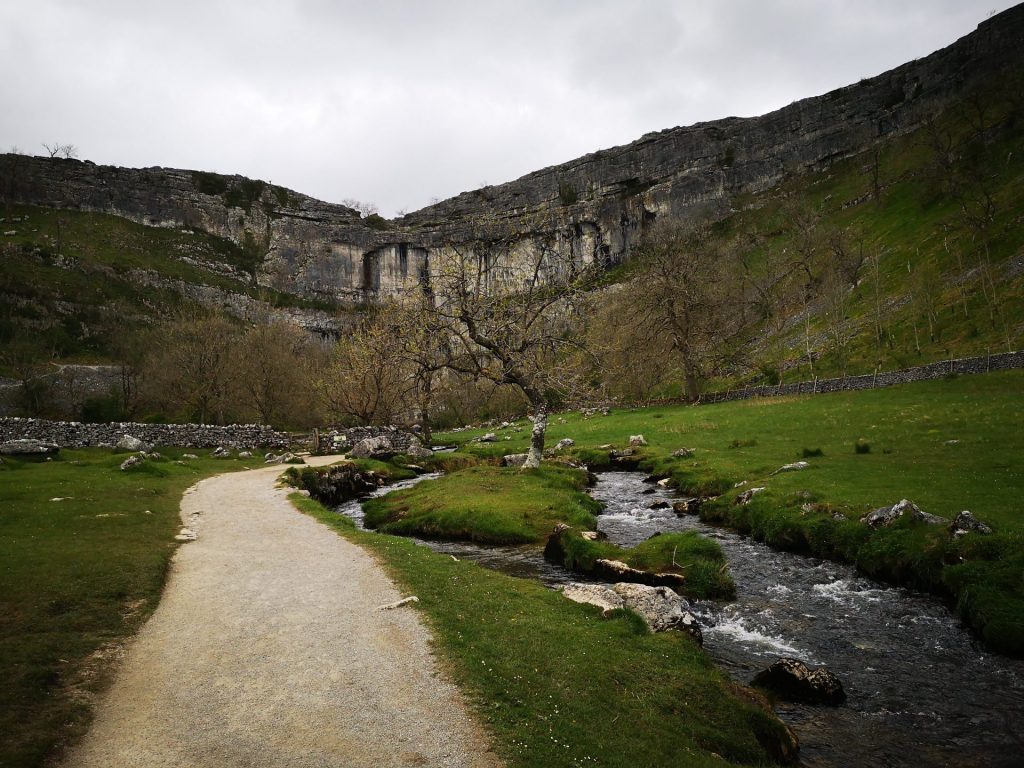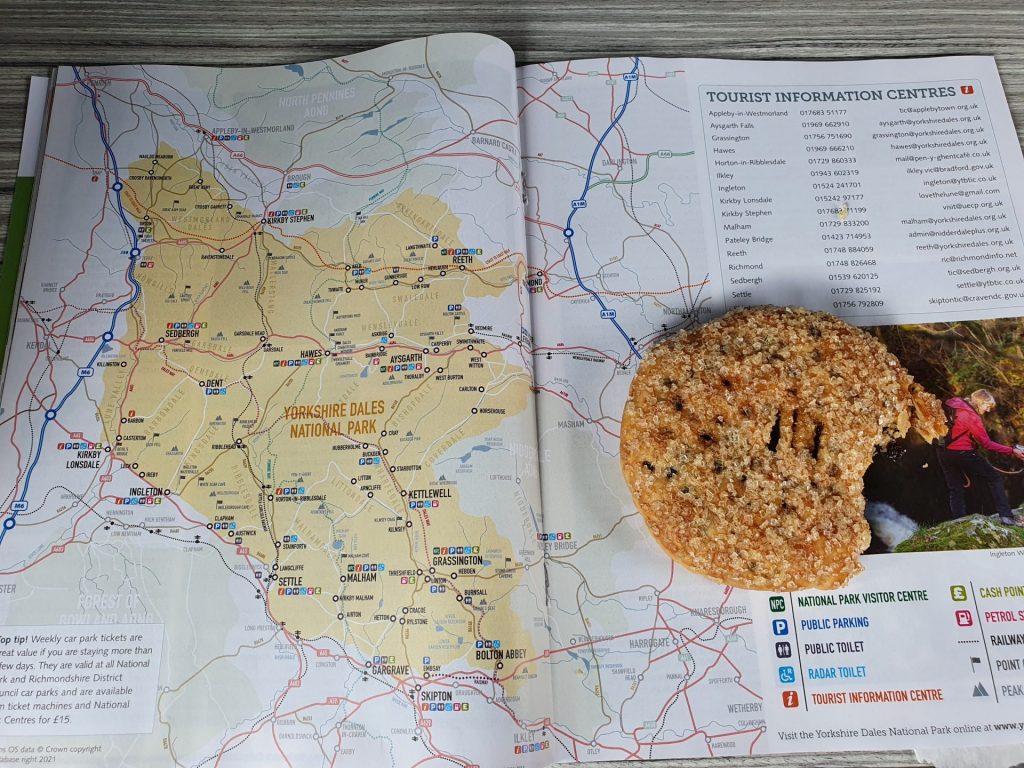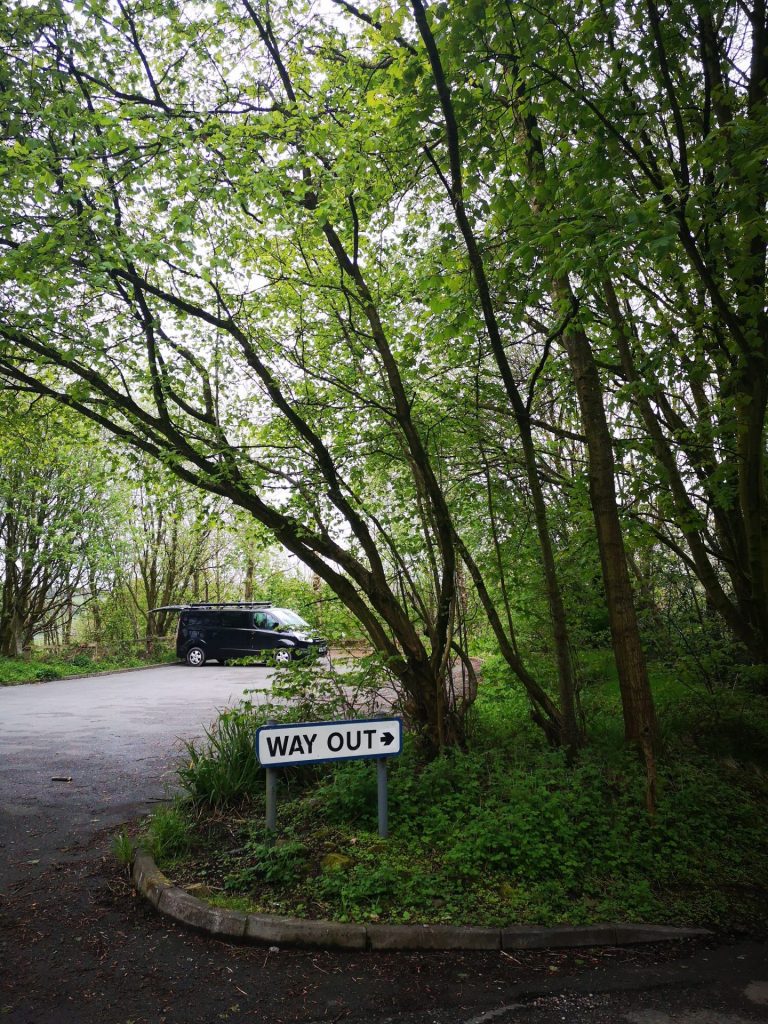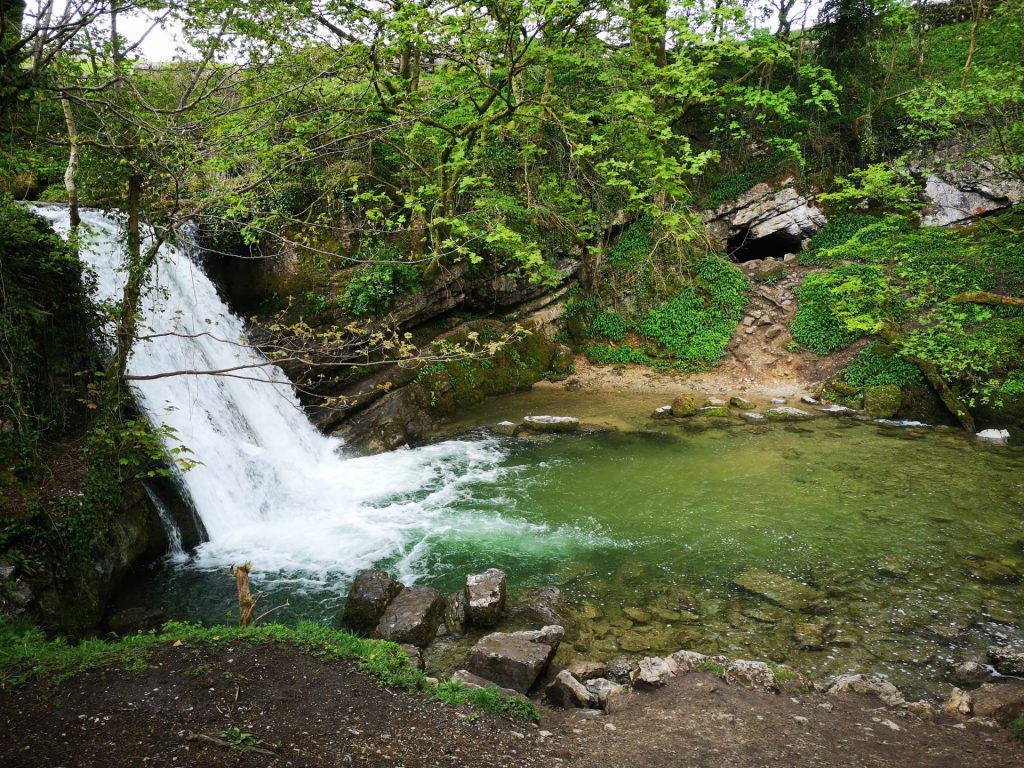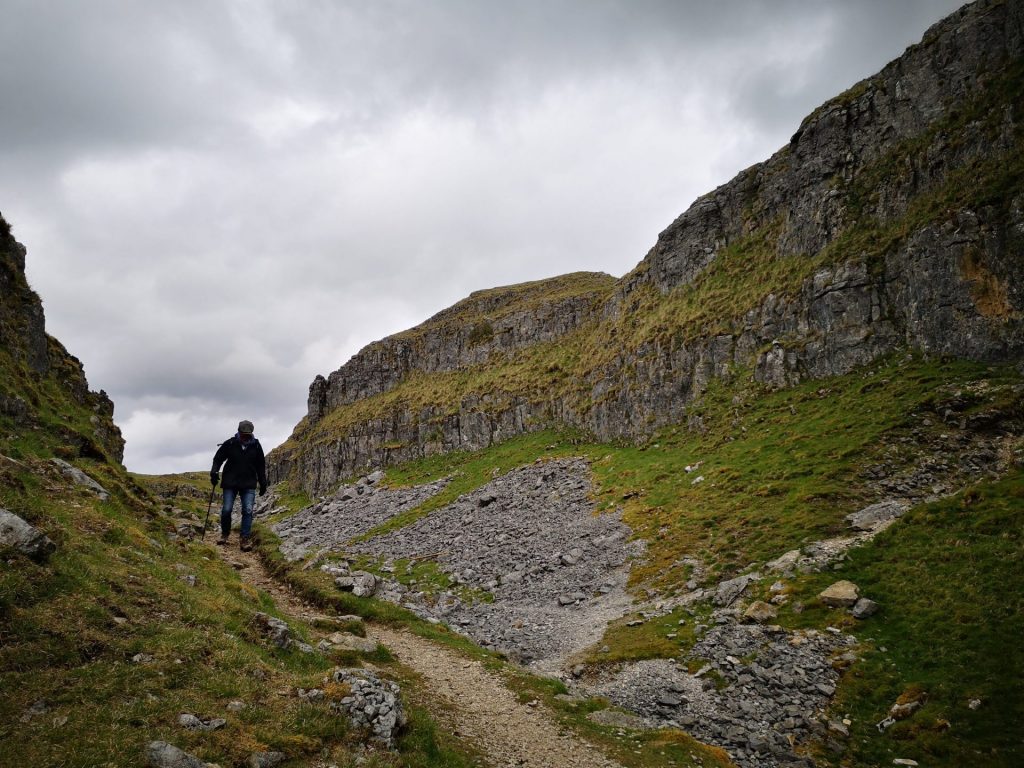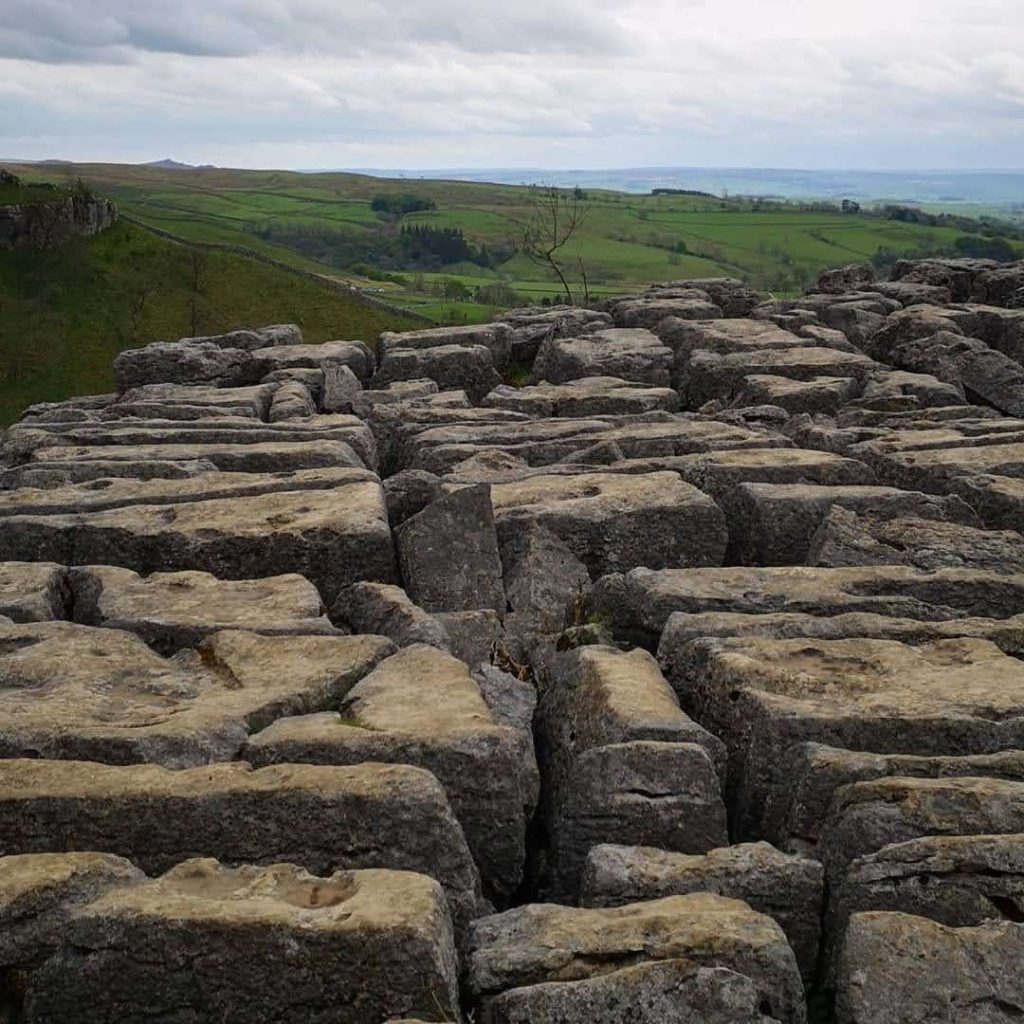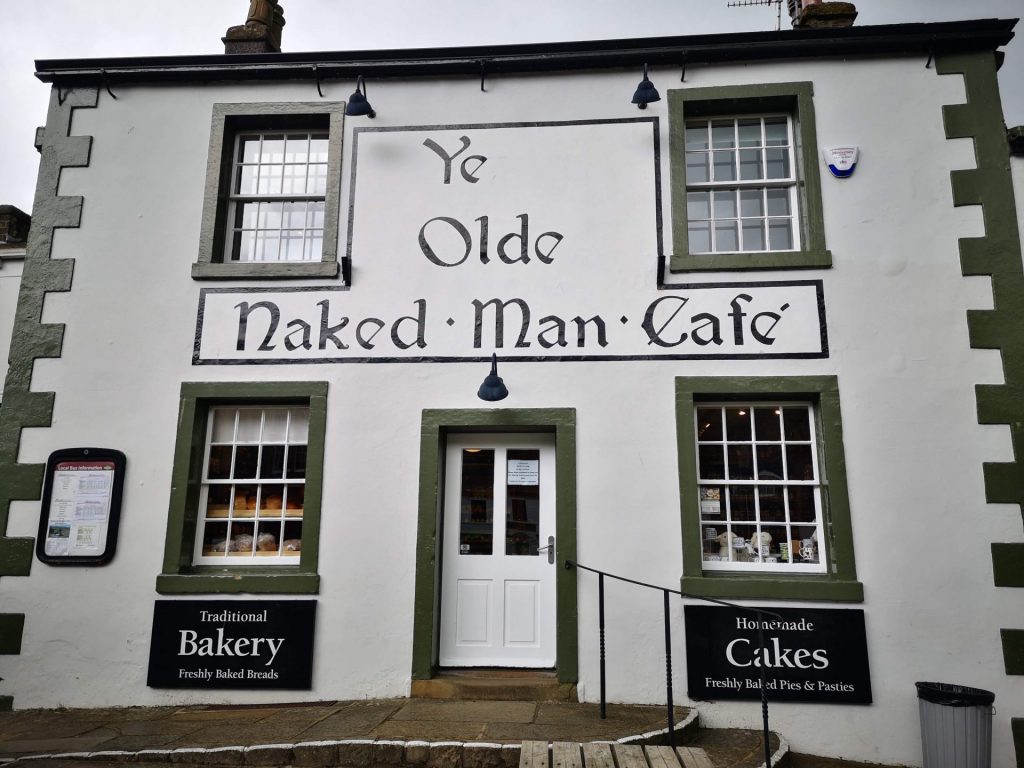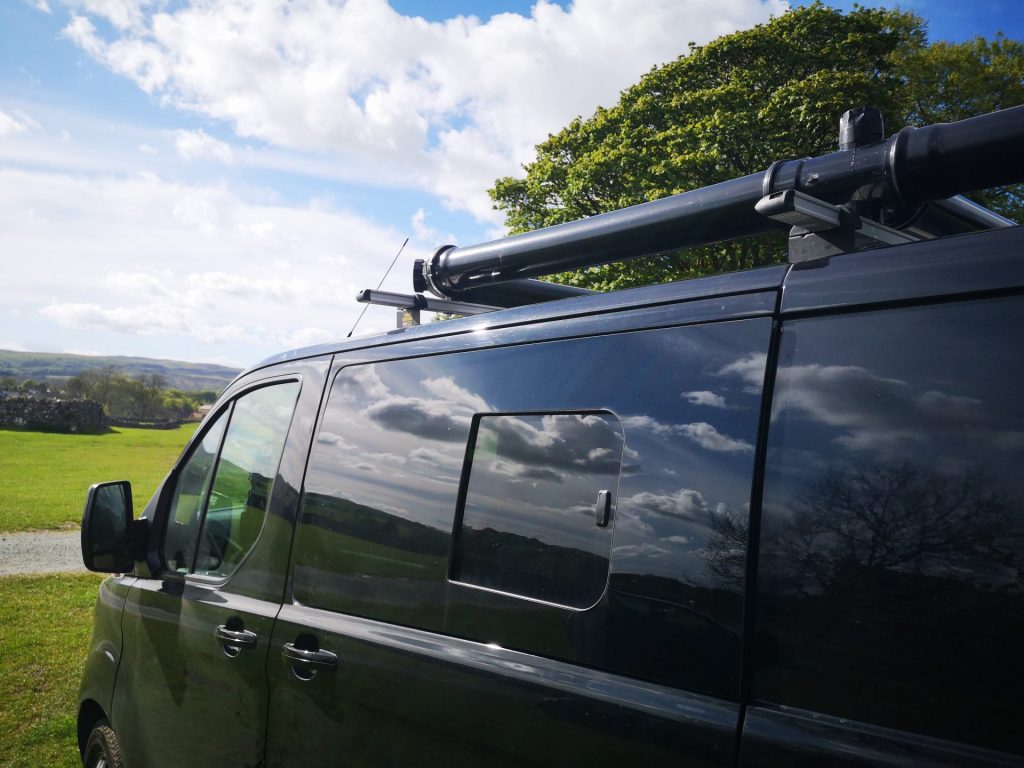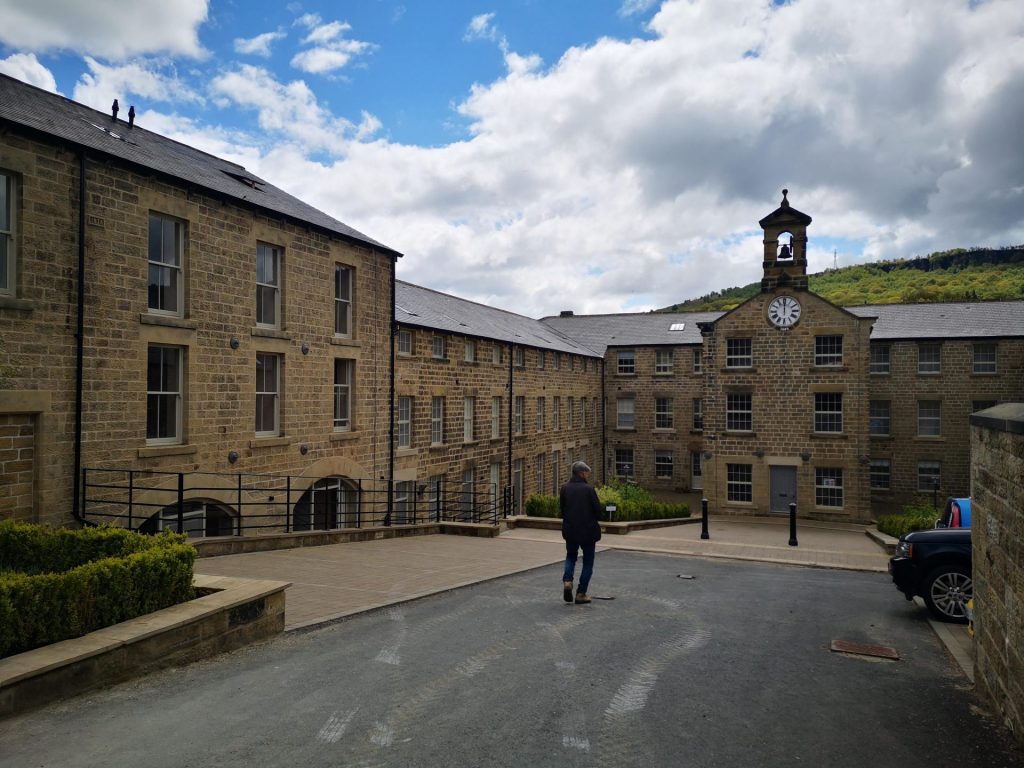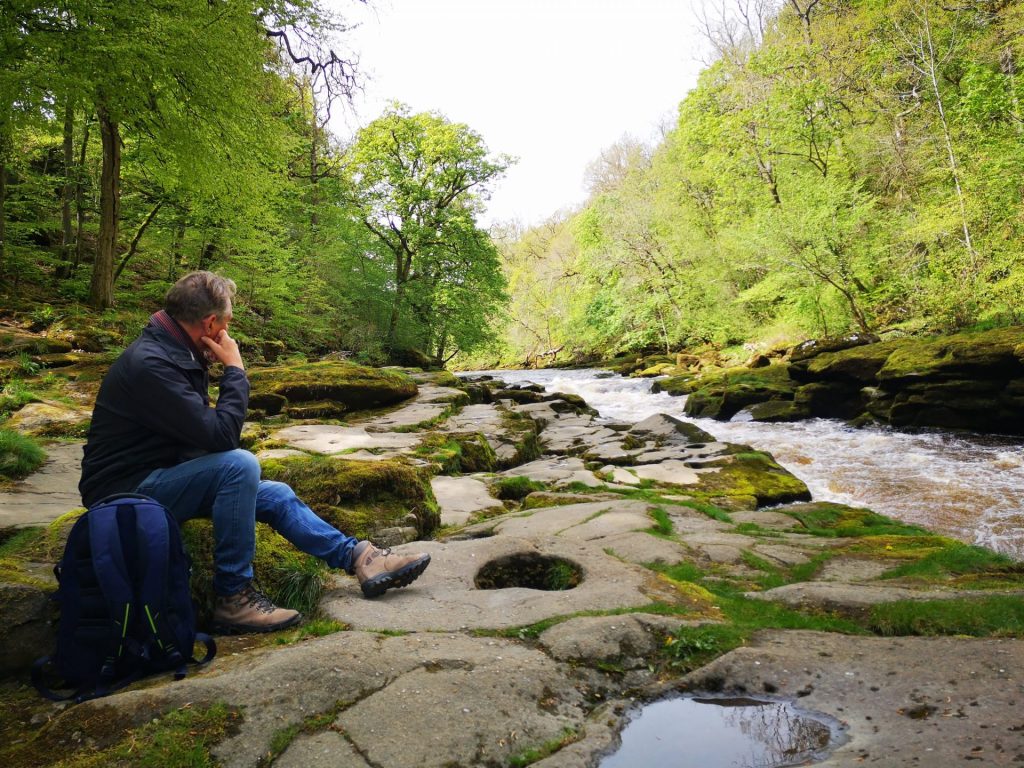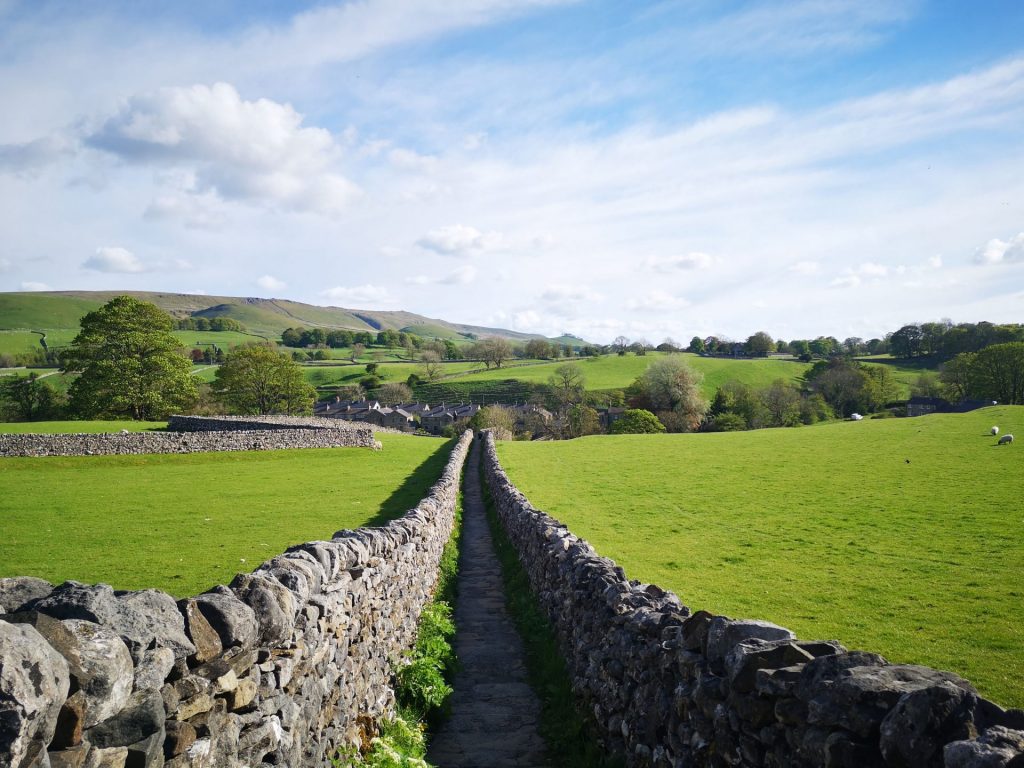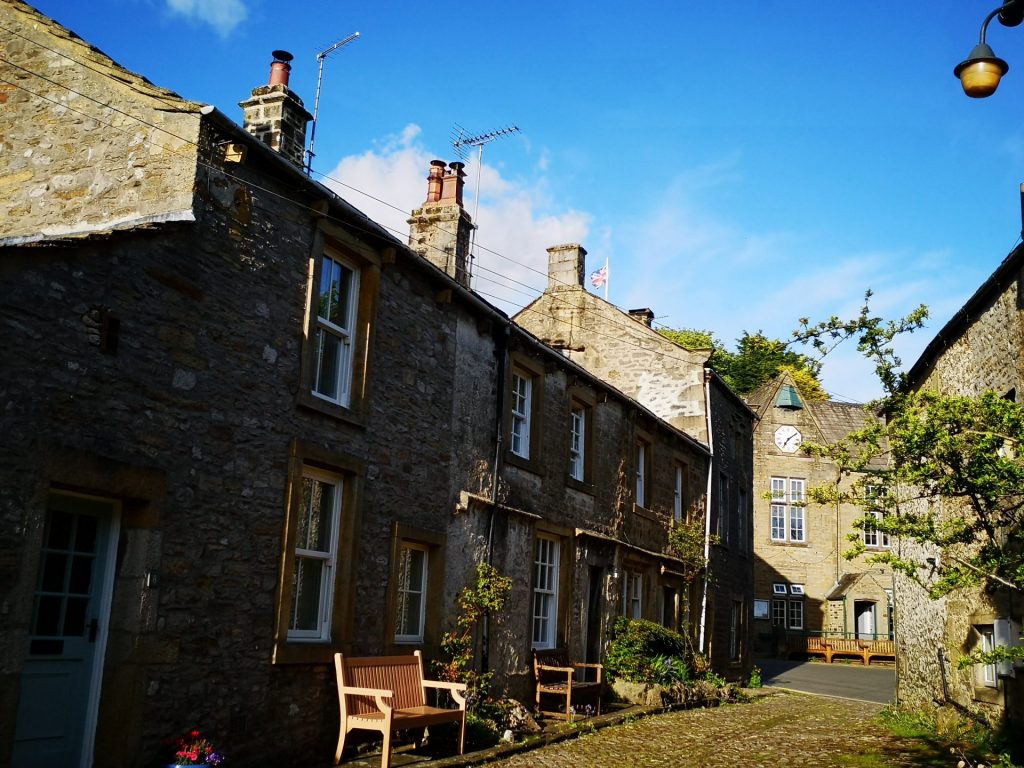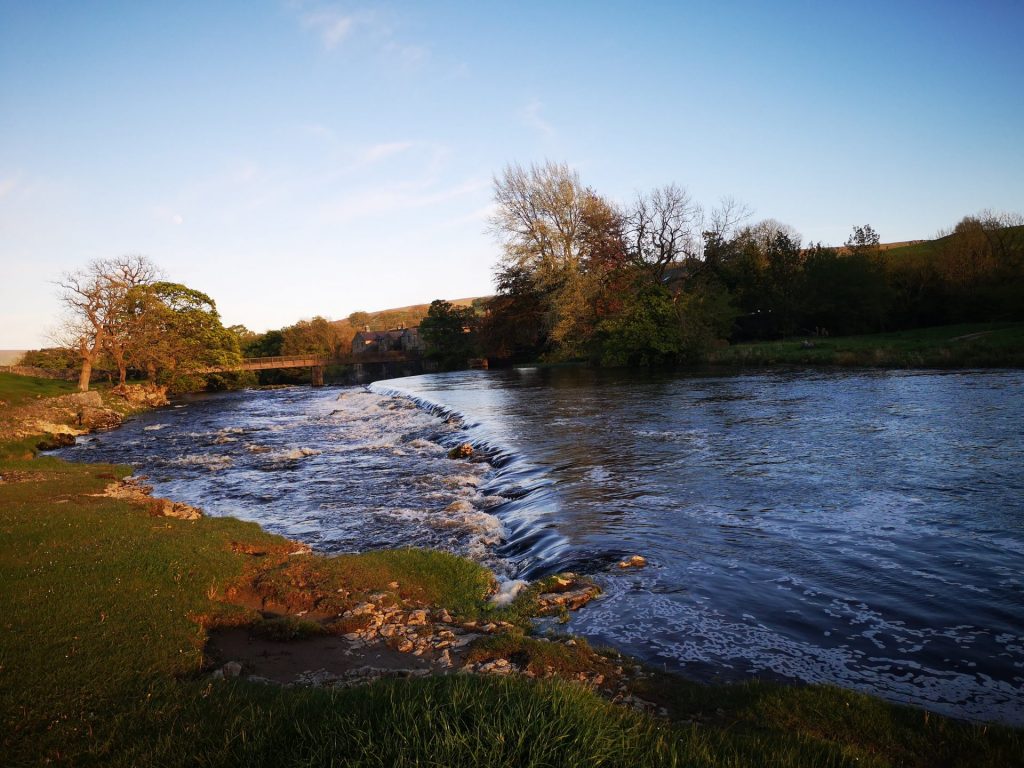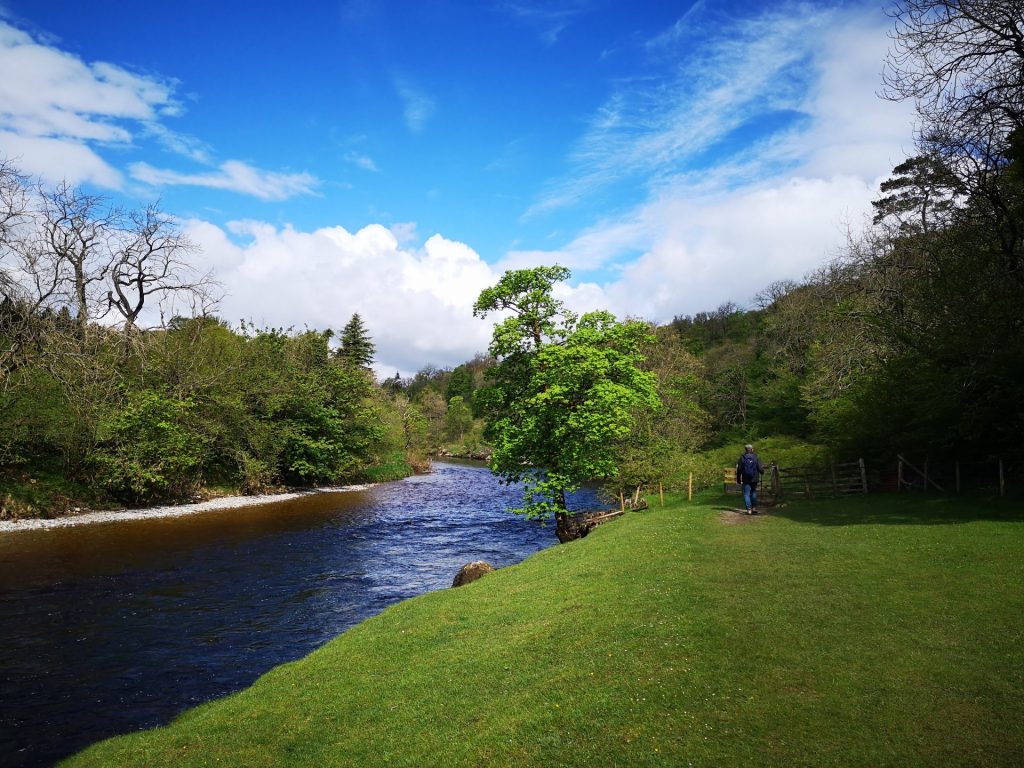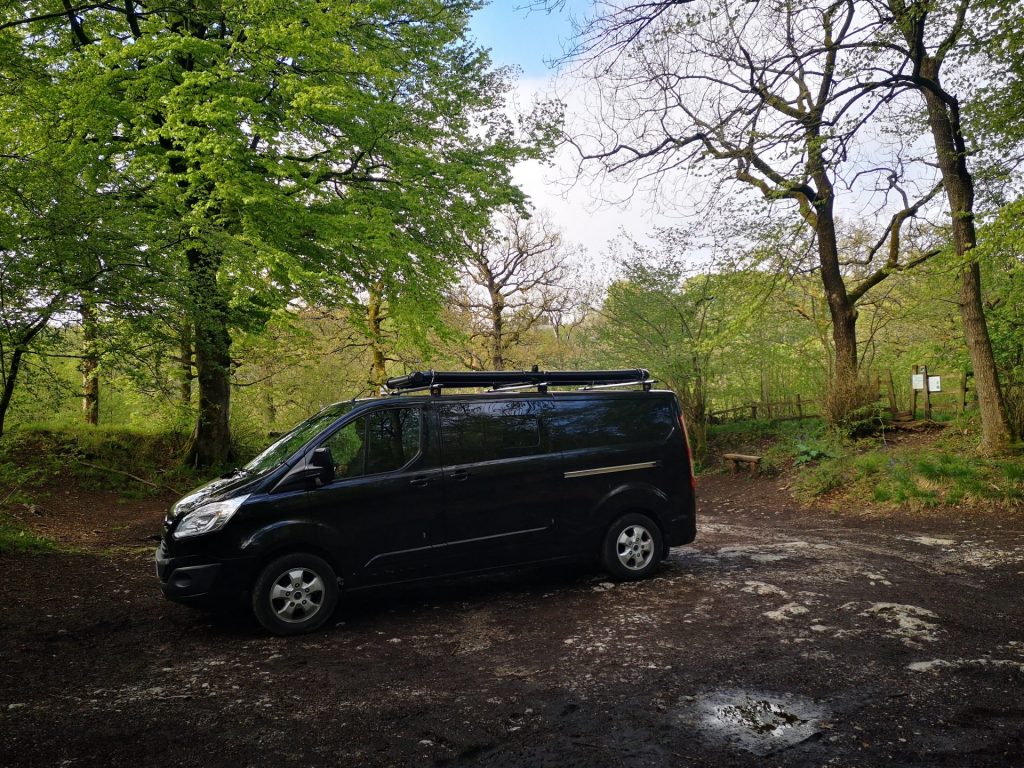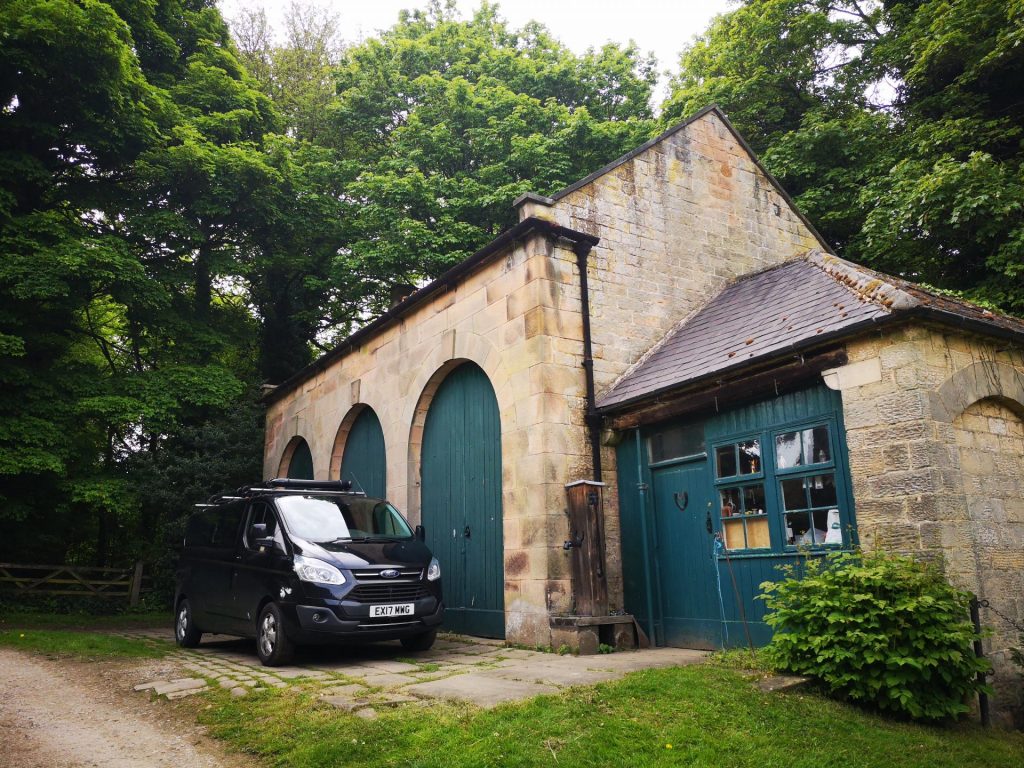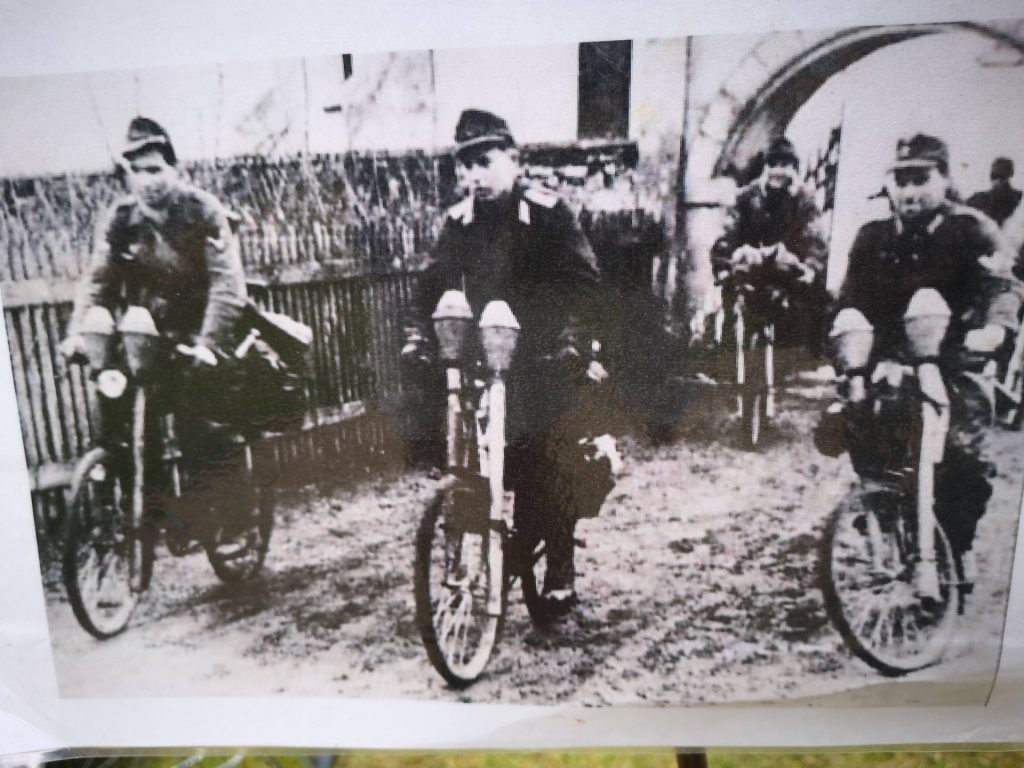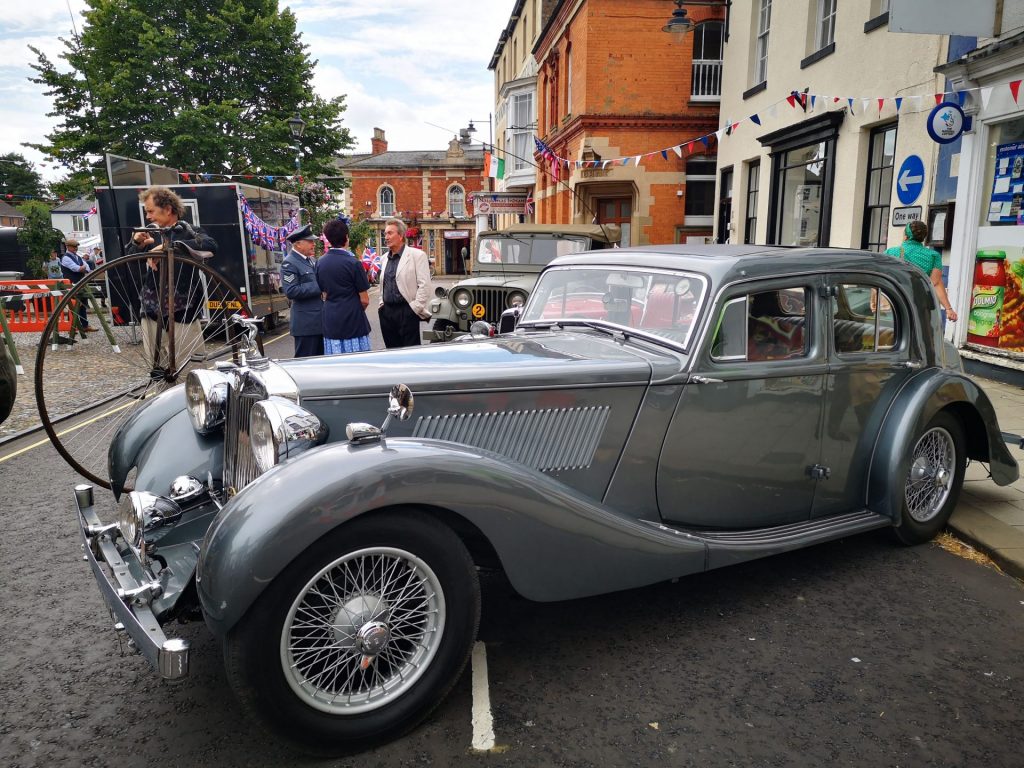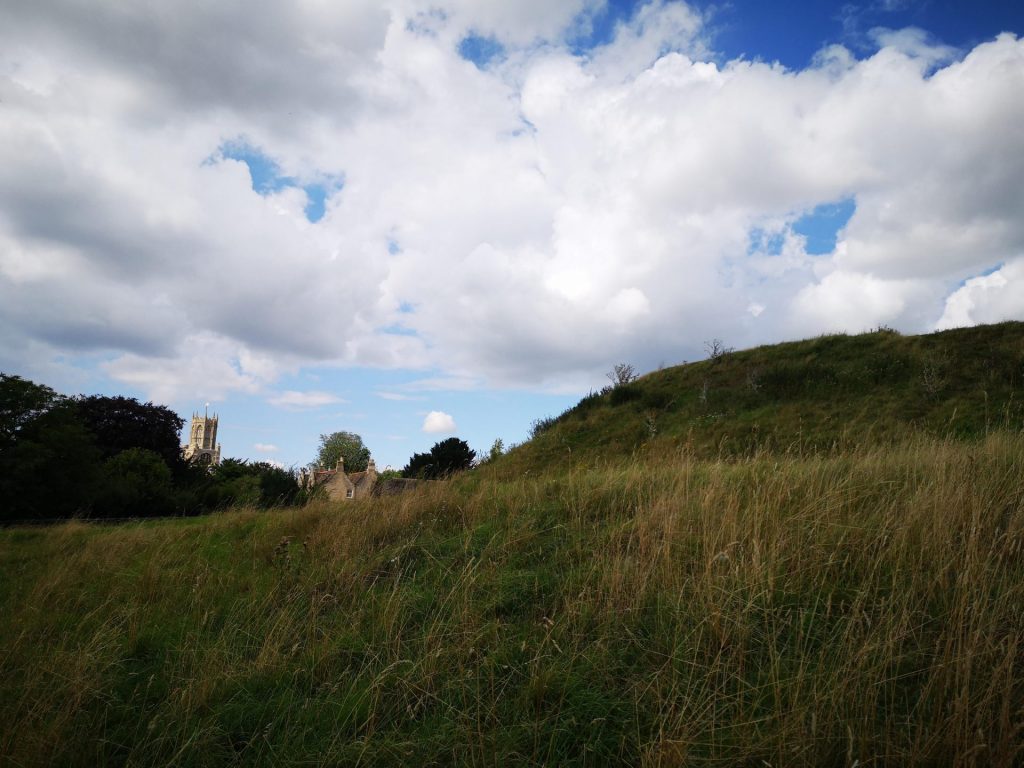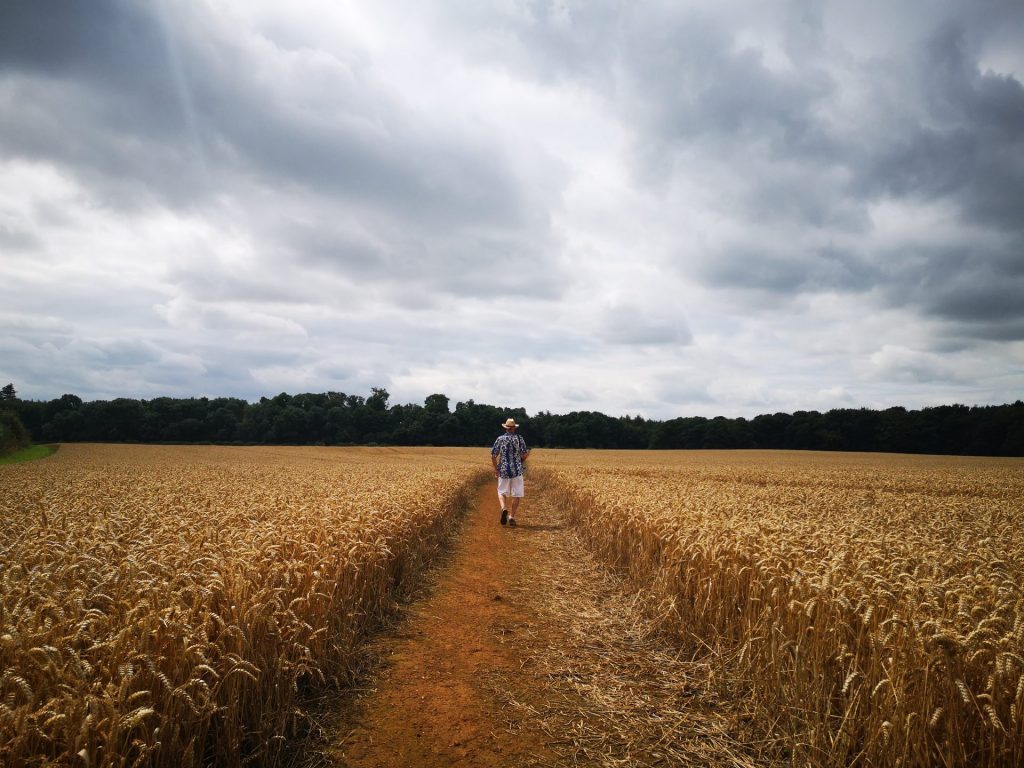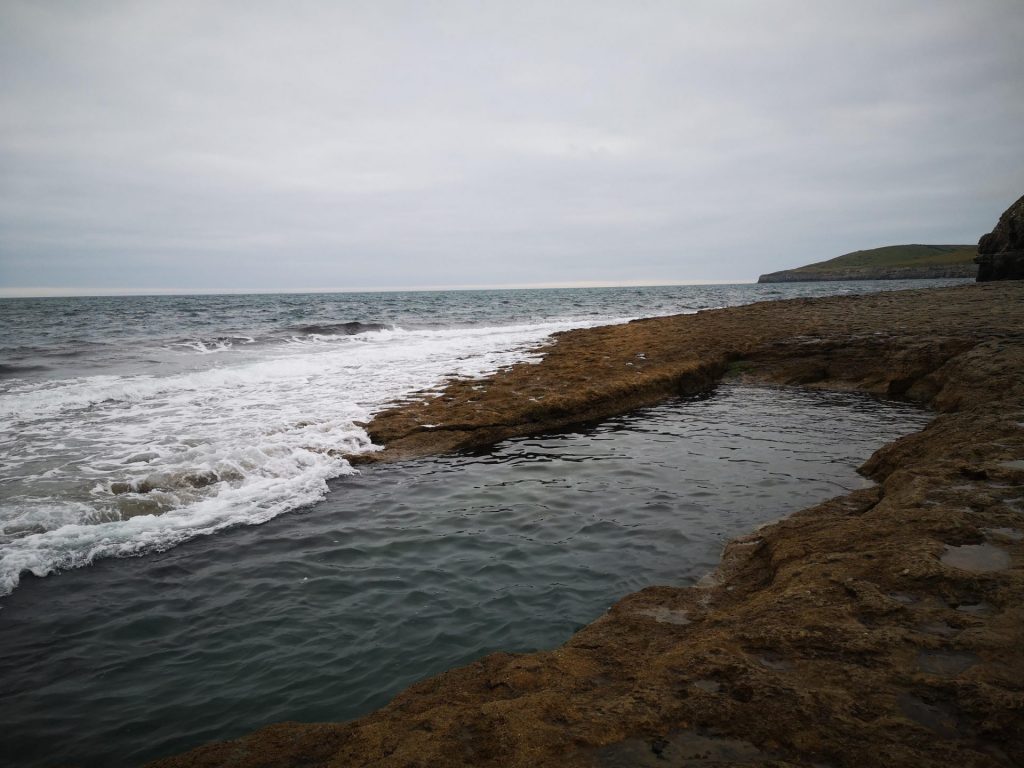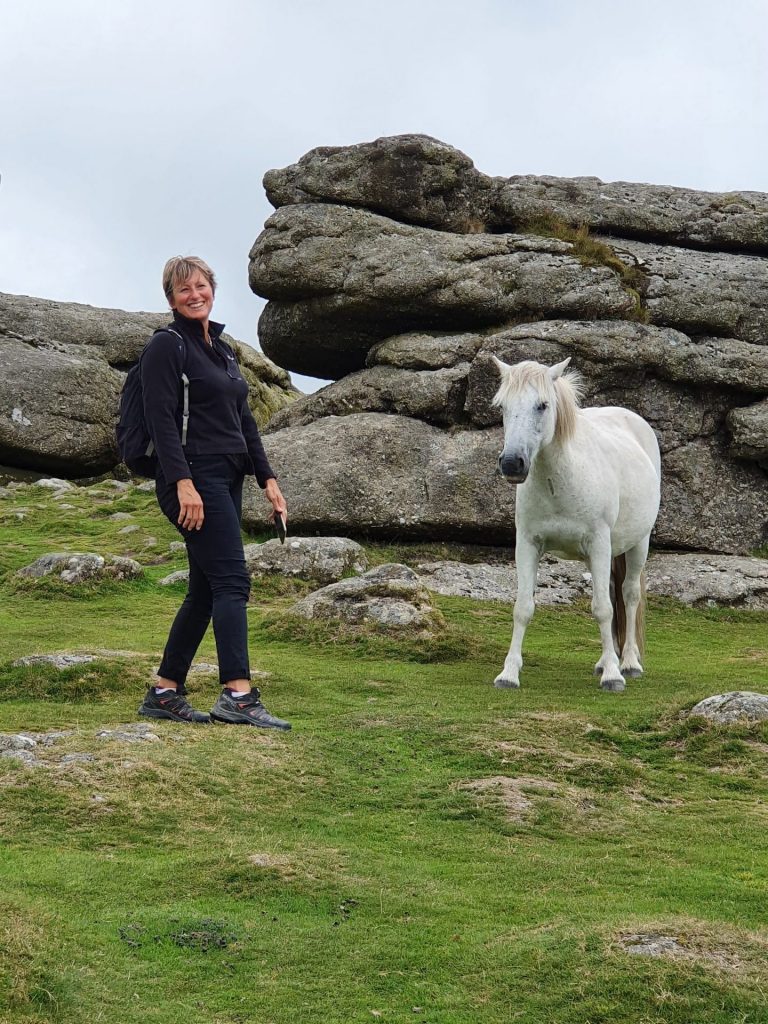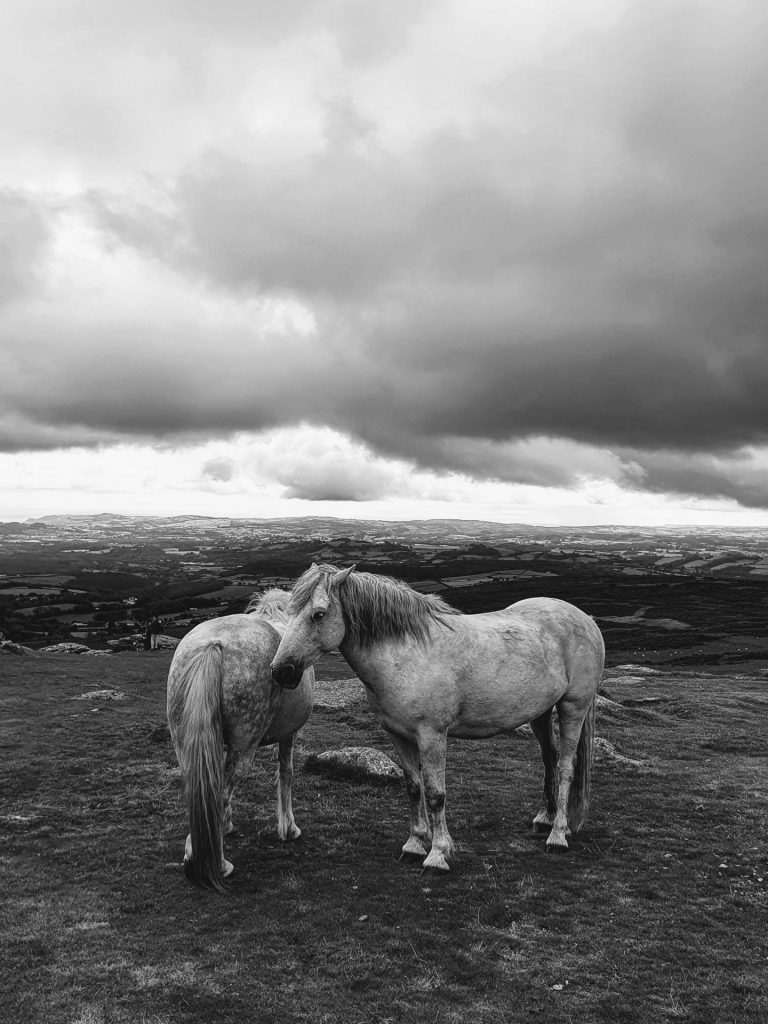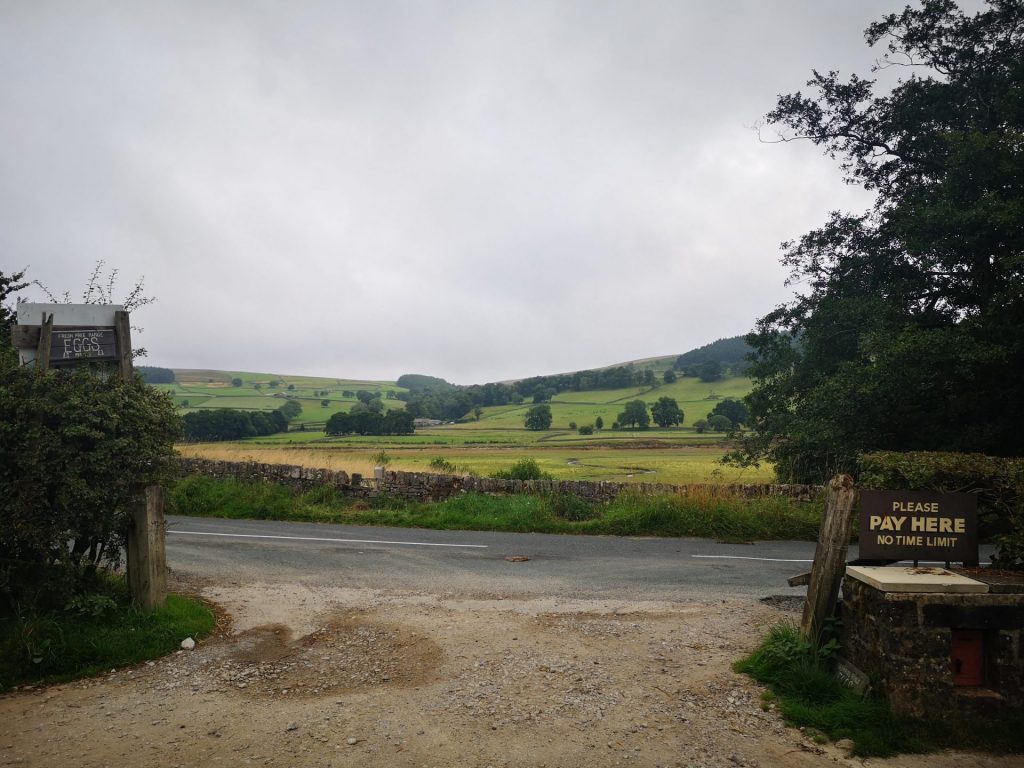It was all my idea. I suggested to Jo; sell your house in Sussex and buy something cheaper – free up some cash for travelling in a pandemic world. That was back in April. Here we are in September, and despite a bullish property market we still haven’t completed a sale and purchase. Neither have we managed to get off the island. Travelling in Europe in the 2020 pandemic was a doddle compared to 2021. Now politicians and their petty bureaucrats have expanded, and fine tuned their byzantine rules and restrictions to make trans European van travel and global travel almost impossible. These people seem to be oblivious to the success of the vaccination programme. I’m outraged. But at least we’re not living the insanity that is Australia and New Zealand – in pursuit of a zero Covid world.
Never mind, says Jo. We can tour the UK in the summer, see the beauty of England and find a new home. This becomes a journey of several thousand miles into north, east, west and south west England, revisiting places we know and love and discovering new ones. We’ll also venture to regions that we might not ever wish to visit again.
We start with a journey to Warwickshire in west central England and the valley of the river Wye. I’m very fond of this region with its limestone gorges, river valley and rolling hills on the England Wales border. It rains a lot but it seems that it’s raining all over northern Europe. We park on the bank of the river Wye at Hoarwithy where the river looks good for a swim but the water only comes up to my knees. We view a few properties but see nothing of interest.
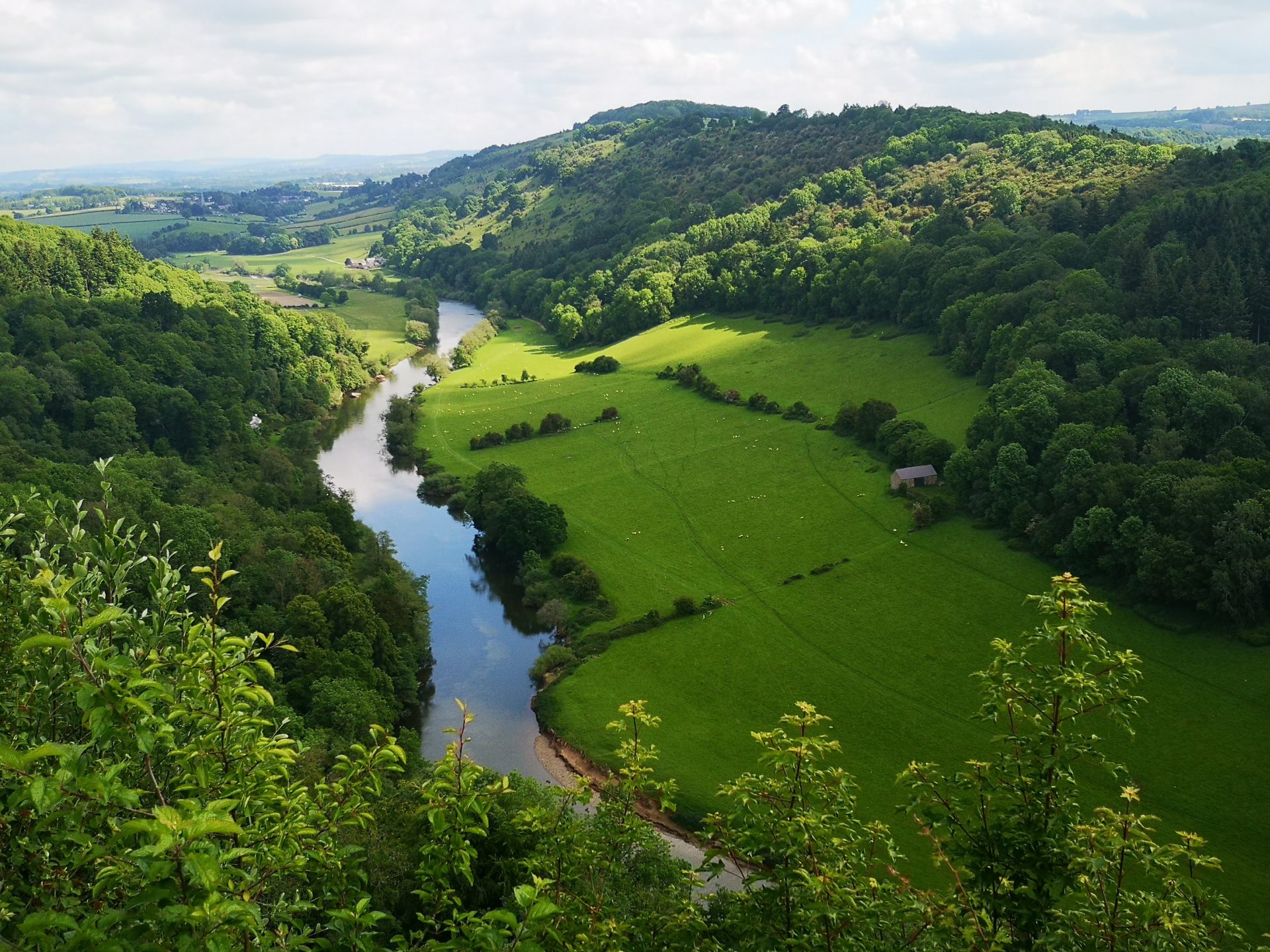

We drive further north to the Yorkshire Dales where Jo views a ‘new’ property that’s a conversion of an early Victorian woollen mill. It is a building of special architectural and historical interest in the Nidderdale valley adjacent to the Yorkshire Dales national park, next to a river and trout farm. So it ticks a number of boxes and, like the trout in the river, Jo is hooked.
We walk around How Stean Gorge and along the rivers Wharfe and Nidd, and find a couple of fine isolated overnight parking spots. This year, in the UK, there has been a huge upsurge in campervan and motorhome ownership and rental, sparking off a national intolerance of them. England has never been campervan friendly – no overnighting, no camping signs and height restrictions are widespread and becoming commonplace. But with practice and the aid of a couple of Apps we’ve perfected the art of stealthy overnighting in secret places. We’ll be doing this for some of months – it will change my way of thinking about my place in society – a little covert, on the fringe, ducking and diving beyond the pale. In an ever more control freakish, rules based society, Jo and I are very happy to live like this. We’re also very happy with the quality of the fresh crispy, buttery, sugar and sultana filled Yorkshire eccles cakes.
But enough of the Dales and it’s pretty-pretty beauty. Here I must own up to some baggage and prejudice against Yorkshire. My surname is Wadsworth – as Yorkshire as Wensleydale cheese. My paternal grandfather, Fred Wadsworth, fled Barnsley, Yorkshire and the country for Australia in the late 1920s. Seeking a better life, what was he fleeing? Industrial stagnation, poverty, unemployment, dirt, the cold and the dark? Sadly I never met Fred to ask him. My father last saw him when he was just four years old so we’ll never really know. But throughout my life it’s been fixed in my mind that Yorkshire is a place from which to escape, yet here I am with a woman who wants to move there. To engender some balance in Jo’s perspective of the county I tell her that I want to see a proper working Yorkshire town. So we drive south to the old industrial town of Halifax.
We park just outside the town centre and walk down the hill past pollution stained, black brown brick terraced houses with laundry hanging out to dry in the garden – a very Yorkshire scene. There are refurbished mill houses scattered underneath the eyesore of the A58 flyover, which towers over the town centre. Halifax is home to some fine Victorian architecture including the town’s most important building, the Piece Hall, surely one of England’s most elegant structures, designed and built to provide 300 cloth merchants private rooms in which to complete their deals. Designed by Thomas Bradley and opened in 1779, its dramatic design features classical gallery arcades overlooking a large courtyard. It’s majestic. But the modern town and the people look impoverished and grim. There is much political talk about ‘levelling up’ in the UK – raising the economic and social conditions of poor regions to the same as wealthier communities. Halifax is a target for levelling up – it’s plain to see the type of thing that Fred wanted to leave behind.
But we are heading into another world. An old friend is living in the garret servant’s quarters of what has been unflatteringly described as a ‘middling house’ of great interest. A bit of an understatement to my uninformed sensibilities. It has mullion and transom windows, gables, parapets, a clock tower, wood panelling, stained glass, ancestral portraits and a fine library, a vast formal garden with a lake and a walled garden all set in extensive grounds – you get the idea. My pal is in charge of a couple of aging spaniels for the weekend. We walk the dogs in the bluebell carpeted woods, drink champagne in the sunny high brick walled garden, and wine and dine in the garret. The owner gives us a guided tour and I’m left to browse in the library. It’s a pleasure to spend a few days living in opulent patrician surroundings – but it’s also a bit odd – feels like 1954. My favourite part of the property is the walled garden which has plenty of space for a house and outbuildings.


Back home in Sussex, I’m in the dentist’s chair where my petite but strong woman dentist spends an hour filling a tooth and preparing for a crown. I’m tense and uncomfortable throughout the procedure and two days later I’m in agony with a compressed nerve on my upper spine. The horror of a compressed spinal nerve lays me horizontal for about three weeks followed by another three weeks of minimal movement. I become a TV sports junkie – Wimbledon Tennis, Tour De France cycling, the Olympics – I see the lot. But I’m depressed to be so physically constrained and in constant pain – a pain that’s immune to the usual painkillers. Jo is fabulously patient with me. I visit a practitioner of physical medicine that has successfully treated my back maladies for years but I sense that the Coronavirus pandemic has unhinged him. My session with him is a waste of time. But a friend recommends a woman osteopath and after three sessions with her and a daily routine of nerve flexing exercises I’m slowly on the mend. But the index and middle finger of my right hand are completely numb – a symptom of spinal nerve compression that I’ll have to live with for many months.
We travel to our favourite secret campervan sites in Sussex: Bignor Hill, a remote carpark with great views on the top of the South Downs towards Chichester. Fairlight village, above Fairlight Cove, east of Hastings where there is a splendid half hour coastal walk down to a secluded beach where swimming costumes are optional and the beach is sandy at low tide. And Barcombe Mills where there’s a lovely winding stretch of the River Ouse in which we swim.
It is early August and we are drawn to Lincolnshire on England’s east coast. It is a low flatland reminiscent of my mother’s homeland in the lowland of the east Belgian flanders. There are rivers, vast arable farms, ancient castles and dozens of second World War RAF stations, only three of which were killed in action during World War Two and thousands of these young men were based in Lincolnshire. Many joined the RAF to avoid the horrors suffered by their fathers in the army, in the trenches of the First World War, but they would have done better to stay on the ground – bomber crew fatalities and injuries were vast. Their courage has been clouded in recent years by the controversy of their missions – which in many instances was to bomb and kill civilians.
We visit the Lincoln Bomber Command Memorial during a festival celebrating 1940s style and music. These types of events happen all over Lincolnshire in the summer and they’re fun but bizarre. Chaps dressed as Wing Commanders, gals like Vera Lynn. Everyone gets immersed in the period but there’s no nod to death and destruction. A Spitfire flies low over the memorial at noon – the sight of it and the sound of its Merlin engine at low altitude is fantastic.
There’s an evening organ recital in Lincoln Cathedral which, after a very good dinner at the Cosy Club restaurant inside the city’s historical Corn Exchange building, we attend. I’m always mightily impressed by the skill with which professional organists play the stops, multiple keyboards and pedals of a full church organ. He plays a couple of Bach pieces, and a lovely piece by the Flemish composer Flor Peeters.
We decide on one last drink to end the day and wander into a small, colourful, traditional pub; The Strugglers Inn. What a gem: no social distancing, no masks, no hand sanitizer except in the toilets, no food. A proper boozer full of locals. I order a pint of Cavendish bitter and a Jameson whiskey to keep it company. Jo’s on the Guinness. We join a table of fellow punters and it’s several more pints of Cavendish night in the car park next to the leafy Lawn Park by the Cathedral.

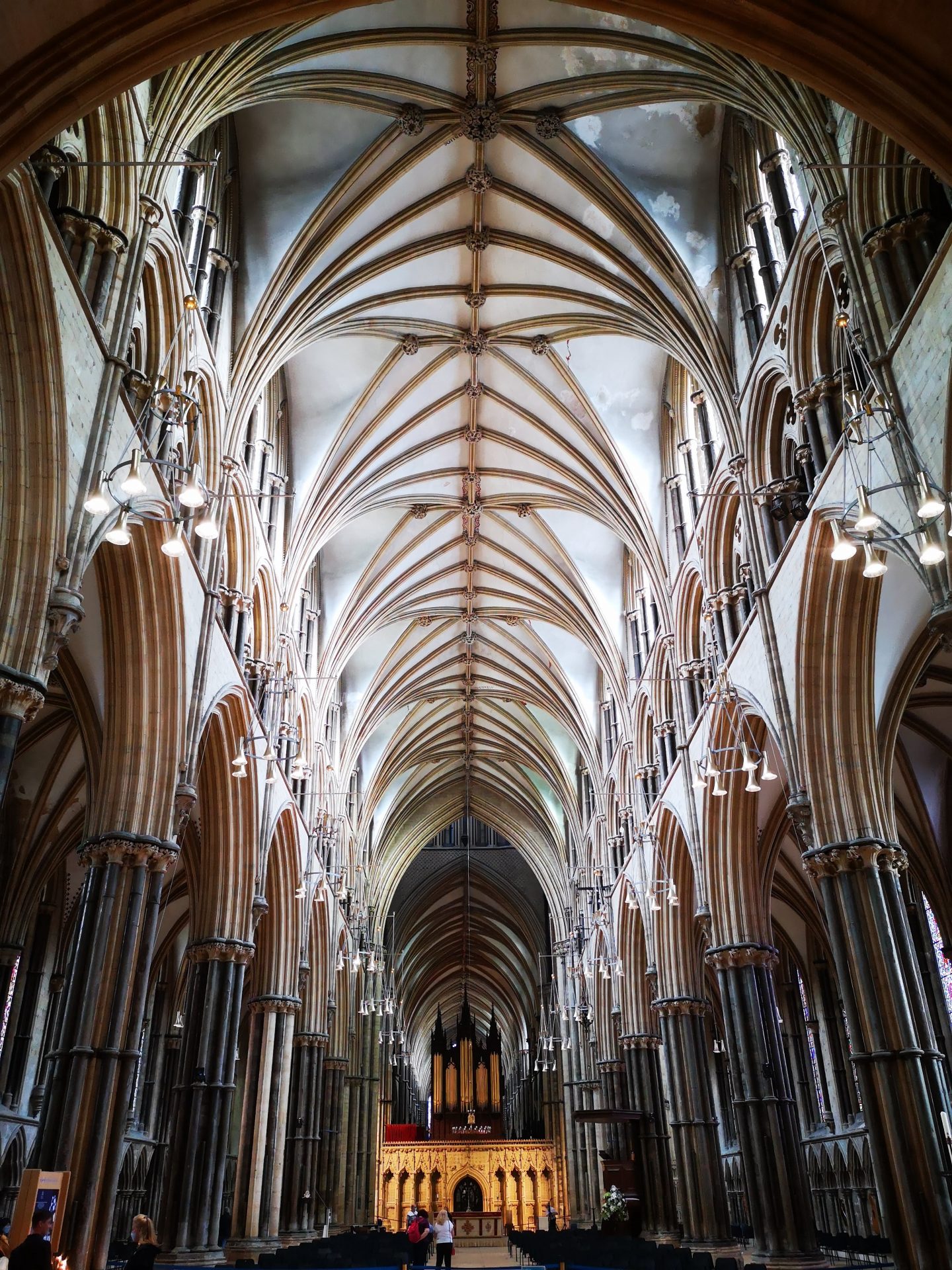
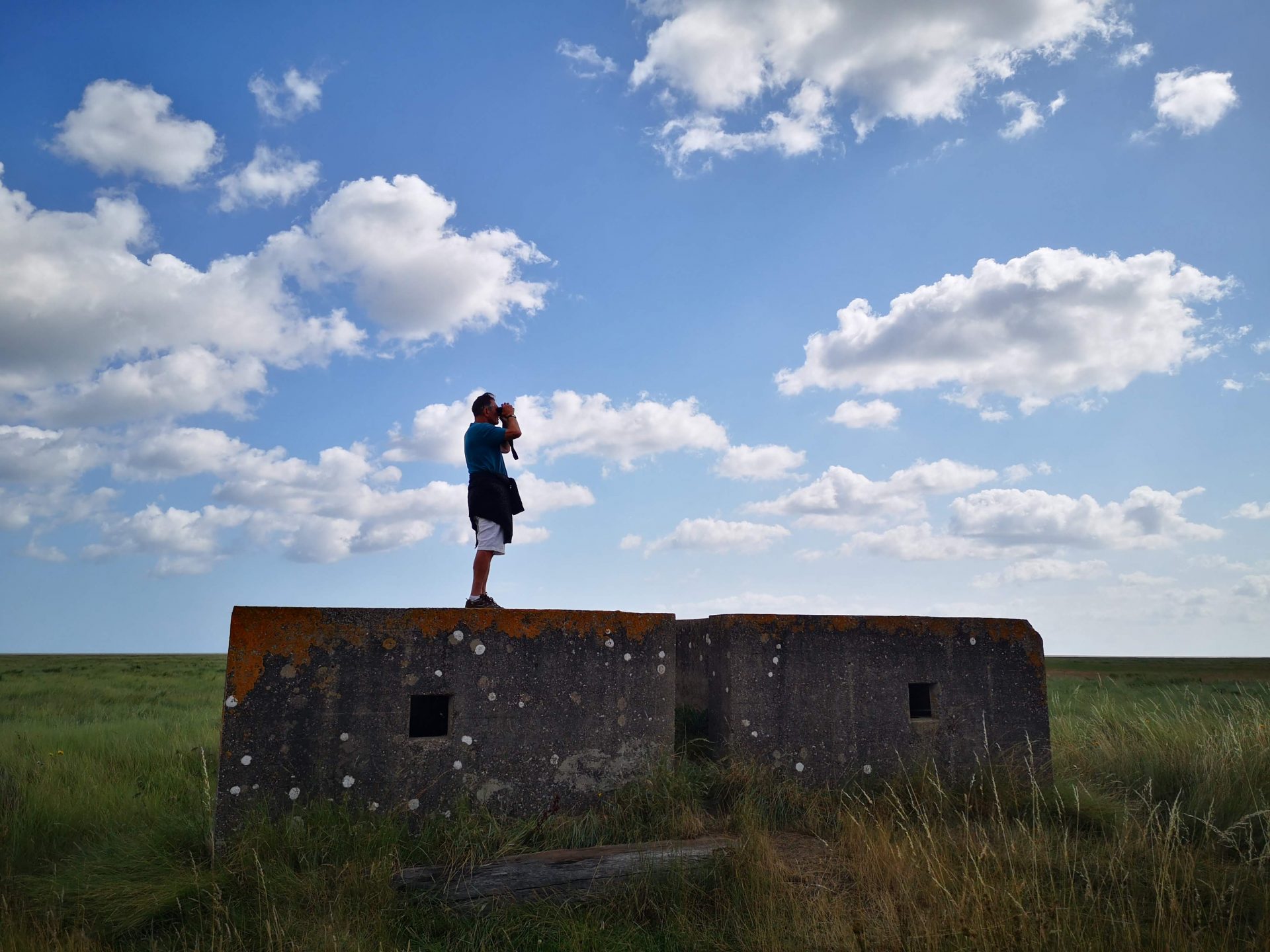
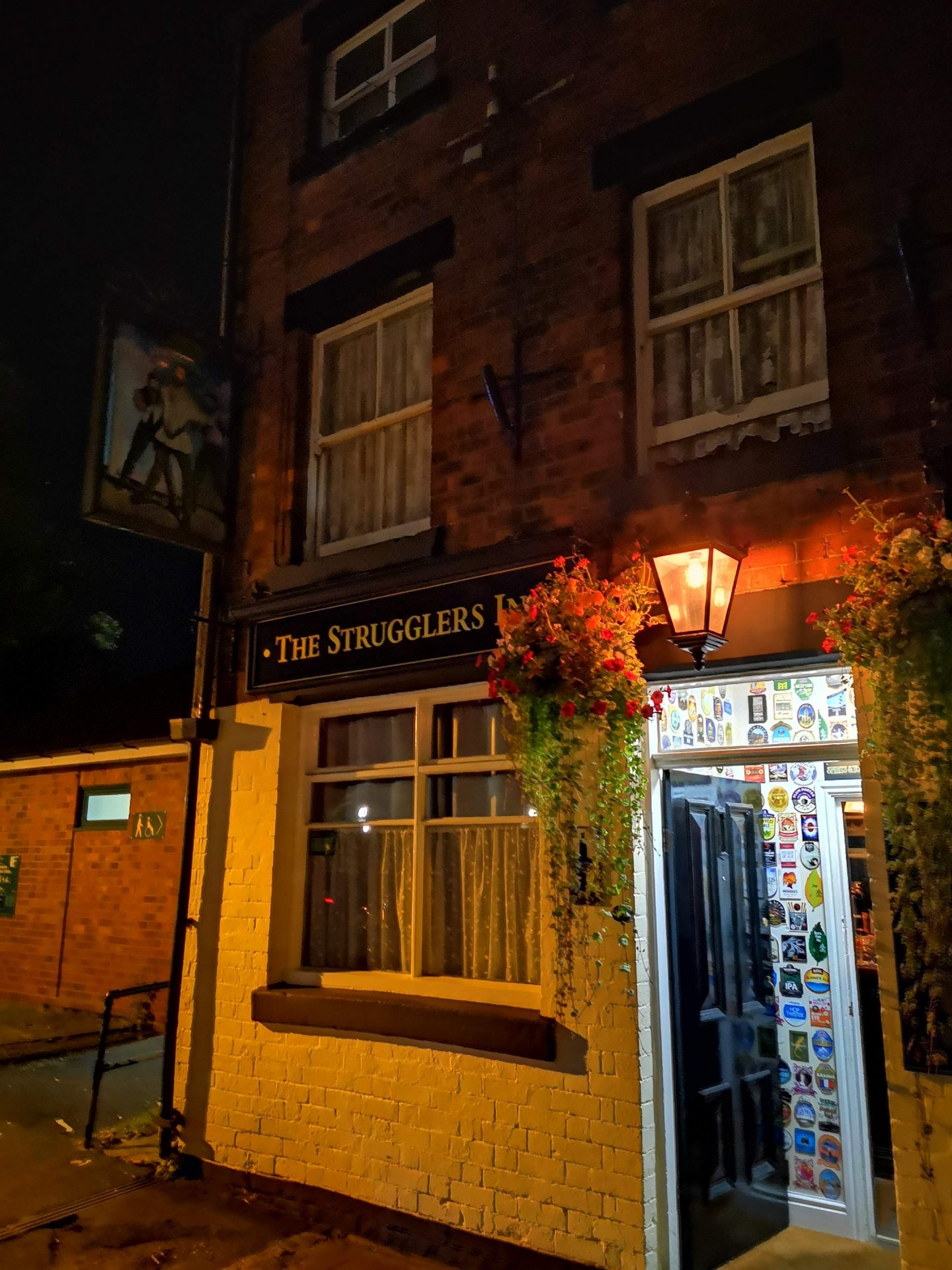
It’s become an important part of any trip to find a good place to swim in the wild; a lake, a river, the sea. The web tells us that there’s a pontoon at Oundle on the River Nene. We arrive just as the local rowing club is preparing for a rowing session. They’re an older group of folks, very friendly. A grey haired old boy looks me up and down and asks ‘can I help you?’. I know what this means, “whatever you plan to do I’m about to try to stop you doing it’. My stock response is, ‘No you can’t, I’m fine, thank you’. He spots my towel. ‘If you are intending to swim, you can’t. This is a private rowing club and it’s dangerous to swim in the river whilst rowing boats are about’. I raise my game at these types of encounters and there’s no way that this rowing club commodore is going to prevent us from swimming. He gives me the whole health and safety spiel. I tell him that crossing a road in traffic is dangerous but I’m entitled to do it. And boats don’t have priority over swimmers for recreation in the river. I think he senses that I’m not going to back down and reluctantly agrees to let us swim in the river when the rowers have set off. A sensible compromise.
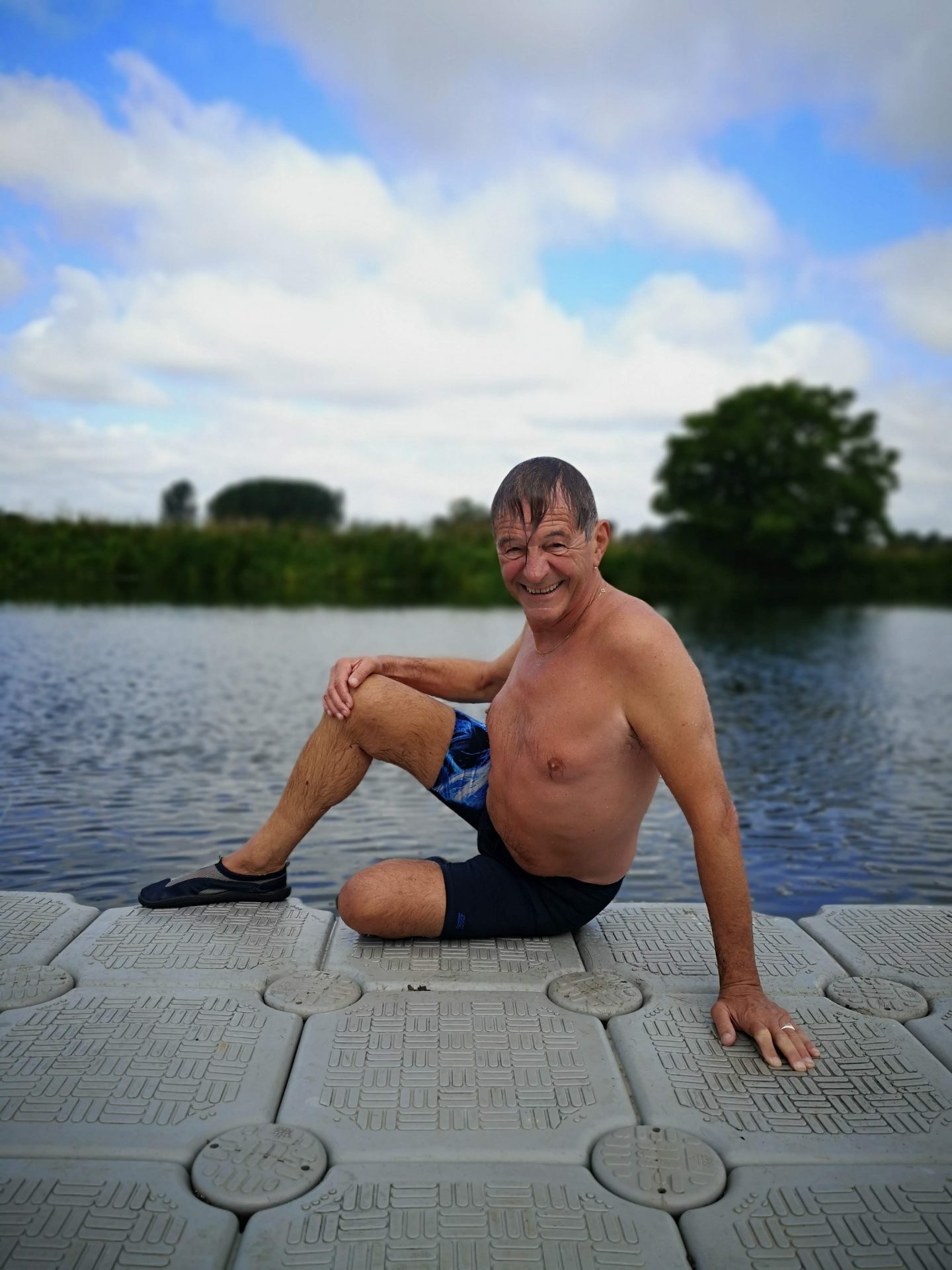
We park up for a couple of nights by the Grantham canal near a pub and disused railway line not far from Grantham. The canal is undergoing restoration and the towpath is a great cycle route. We cycle the Bromptons along the disused railway track and walk east and west along the towpath. On one of these walks we come across an adult swan and two of her five cygnets (well done her). She is protective, and as we pass her on the narrow path she spreads her wings, raises herself up to my shoulder height and hisses at us. I march quickly on but Jo steps back. Now we stand here with the aggressive swan between us. Three women cyclists approach at Jo’s end and there is a standoff which lasts for five minutes before the cygnets return to the water and the women muster the courage to calmly pass the mother. It’s an amusing encounter.


Not far from Louth (a lovely market town in Eastern Lincolnshire at the foot of the Lincolnshire Wolds LINK where the Victorian poet Tennyson was born) is the coastal nature reserve at Saltfleetby – Theddlethorpe Dunes. Here are long sandy beaches backed by sand dunes and some high sand dune ridges, interspersed with tidal sand, mudflats and mixed salt and freshwater marshes. It’s beautiful with many sea birds. The sea lavender is in purple flower and we spot a trio of fallow deer. The only disappointment is the sea itself, which is the colour of weak diarrhoea. We walk here for several hours and spend a couple of nights in a large garden – I’m reluctant to call it a campsite – near the coastal village of Huttoft. The landowner charges £5 a night and provides a water tap. It rains sporadically and the shifting cloud formations in the setting sun are dramatic. I love these East coast skies especially at sunset.
Jo’s always up for a castle. We visit Tattershall castle; a simple moated red brick tower which you can get around in an hour. But I really enjoy Fotheringhay castle, a bit odd as there’s nothing of it left – the castle was dismantled in the 1630s and most of the masonry was removed, leaving only the earthworks – just a small hill which we climb. It was the final place of imprisonment of Mary, Queen of Scots, who was tried here for her complicity in a plot to murder Queen Elizabeth I. She was beheaded on a scaffold in the castle’s great hall in February 1587. I experience something bleak and forbidding about the site.
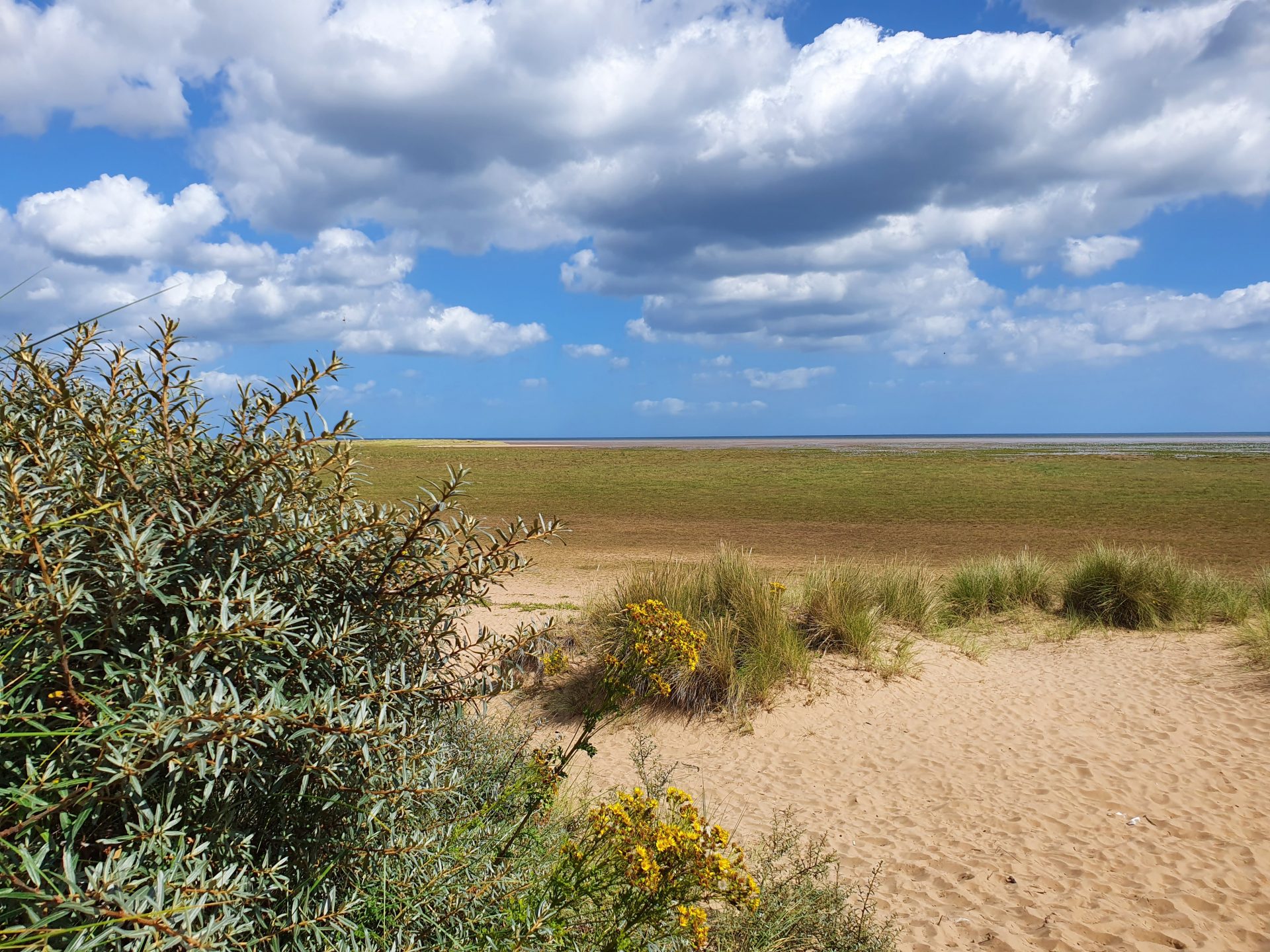
It is now mid August and Jo is renting out her Sussex home to guests for a week. The Transit is once again our home and we head to the West Country of Dorset and Devon. My daughter is enjoying what I call a post Coronavirus lockdown summer of love with her new man in South Devon and we invite ourselves down to visit. That’s another great thing about a campervan. – you can invite yourself to visit people without actually intruding into their space. Our first stop is the sea bathing pool at Dancing Ledge near Worth Matravers on the Dorset coast. In the early 1900s a local headmaster arranged for the bathing pool to be blasted out of the rock to enable his pupils to swim in safety. Its water is replenished at every high tide – as it is when we arrive. It’s a big cold wavy infinity pool. We were here some years ago in April when it was bloody freezing.
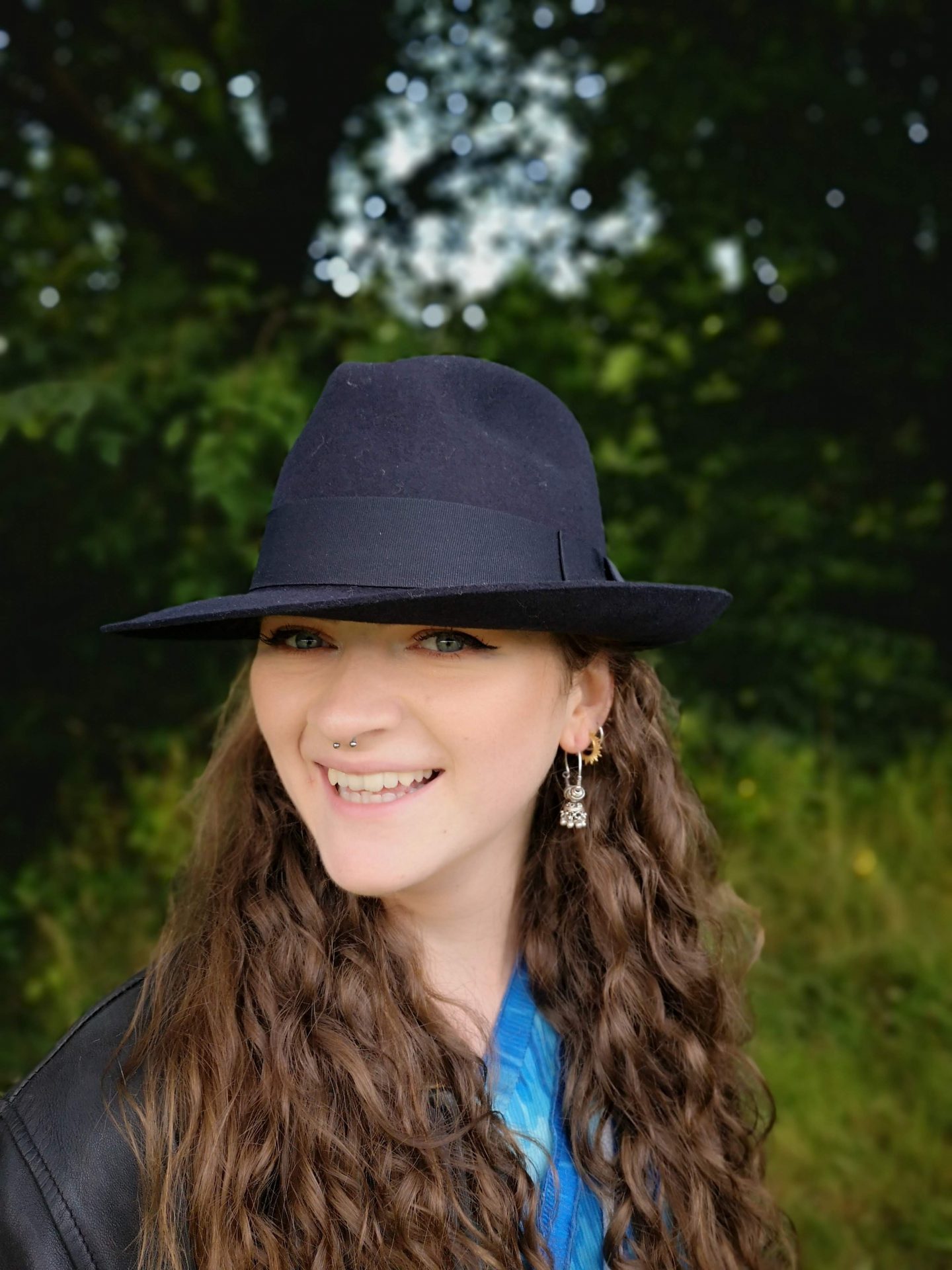
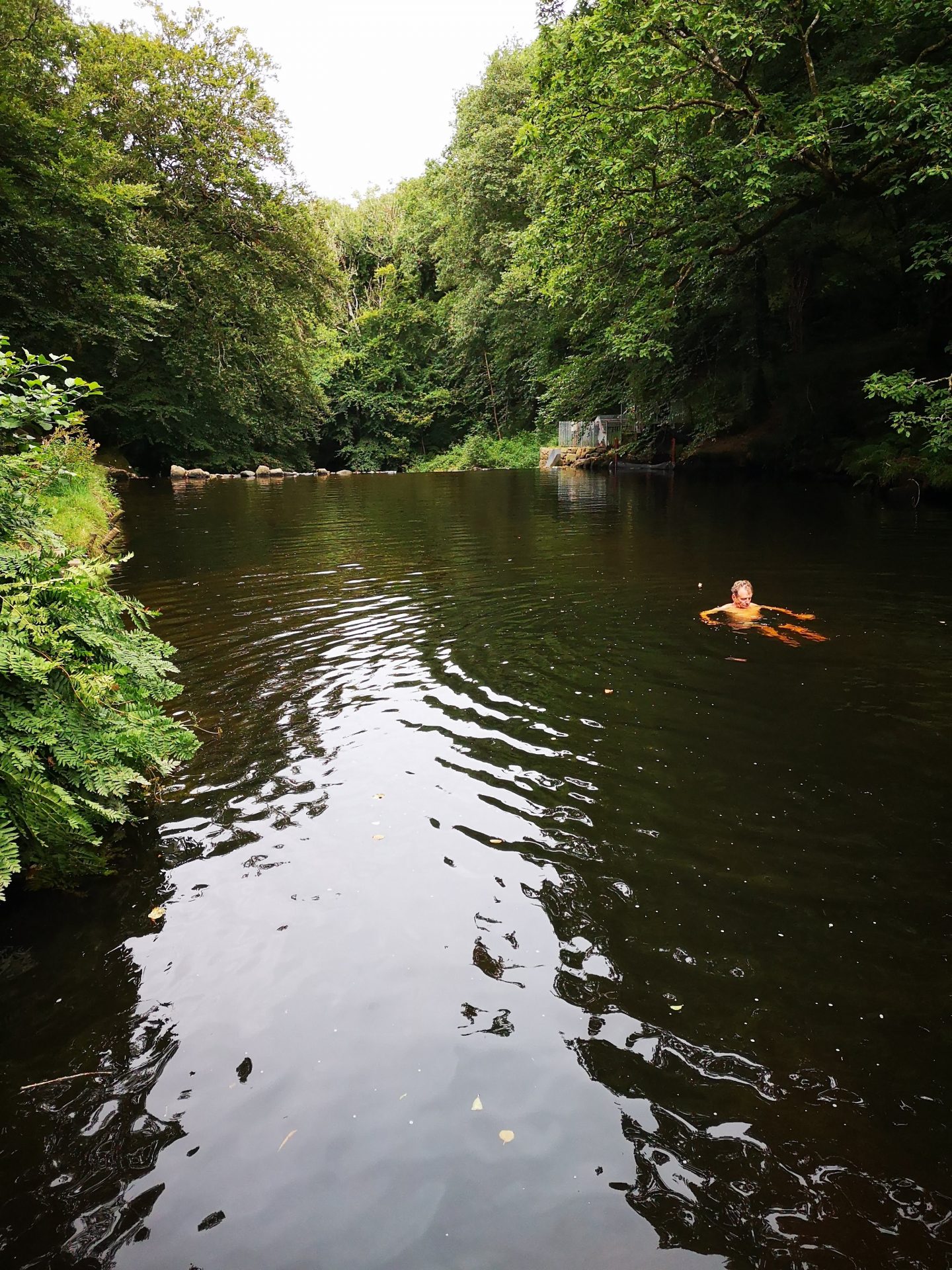
Devon is a beautiful county of quintessential thatched country cottages and extremely narrow lanes bordered by high hedges, many of which are ancient – a quarter of Devon’s hedgerows are over 800 years old. It’s hard work navigating the van without scratching the paintwork on the tough, spiky blackthorn and hawthorn branches, and Google directs us down the narrowest of grass covered lanes for what it thinks is the fastest route. It’s an anxious moment when you come face to face with a tractor and trailer, without a passing place in sight. I take my hat off to Devonshire tractor drivers whose consideration in these situations is abundant. They just love backing tractors and trailers round corners, up embankments and into fields.
The River Teign below Castle Drogo in Dartmoor National Park flows through a spectacular wooded gorge and into a large river pool known as Salmon Leaps. The water here is shallow (around 1.5m at its deepest), flowing into three stone plunge pools, with grassy banks on the side. Here we swim in the very cold, slow moving, brown tea coloured water, with small brown trout.
It’s a visit to Devon of only a few days – we must return to Sussex to prepare for new guests. Then we’ll be back up north to Yorkshire via Derbyshire. The purchase of the restored mill in the Yorkshire Dales proceeds and we want to take another look at it. Selling and buying a house in England is a tedious business of indeterminate length and little certainty. A few weeks back, a buyer of her house changed his mind and pulled out of the deal. The Yorkshire Mill was in jeopardy. A house Jo now really wants. So she’s understandably anxious, but that anxiety can evaporate when we’re on the road in the campervan.


We visit Derbyshire and my old friend in the grand stately pile, and then head north for an appointment at the North Yorkshire Mill where Jo will take some vital measurements. Our route to the Dales takes us through the old industrial conurbation of Sheffield, Barnsley, Wakefield and Bradford. Grandad Fred would recognise bits of it.
In the Nidderdale Valley we walk beside the river Nidd for the afternoon and make a reservation at a local hotel restaurant, The Sportsmans Arms in Wath-in-Nidderdale, for dinner. It has a fine menu of game and fish, and there’s a lobster festival going on. I go for the lemon sole, Jo orders the venison – both great. We’re seated next to a spritely couple in their eighties who hail from Yorkshire but now live in Dorset in the south. We get chatting about deafness and the saintliness of the woman having endured her husband for sixty years. She asks Jo if we’re here for the shooting (daily rate about £1,000 a gun). We laugh, that amount is about what we live on a month. Jo replies that her daughter and partner are into country pursuits and have a lovable working spaniel. For further amusement the woman asks if we’re staying nearby. We’re actually staying in a small farmer’s car park down the road for £5 a night. Jo averts the answer with a smile and something like, ‘Yes we’re staying in an exclusive place nearby with lovely views’. We sometimes jokingly refer to ourselves as dirty scumbag travellers.
But after a cold shower, some perfume, and decked out in our Sunday Best we easily pass ourselves off as well heeled tourists who can afford £1,000 shooting fees and exclusive accommodation in the Yorkshire Dales.
Before returning home again to Sussex we visit nearby Ripley Castle where there’s tea and cake, in the sunshine, in the cemetery of All Saints Church – a bit odd but very pleasant if you like cemeteries as much as I do. Tiffin amongst the deceased is the kind of thing churches need to do these days to pay to fix the leaky roof. This afternoon we’re in the warm sunshine again strolling through the centre of the well heeled spa town of Harrogate: a charming place of many parks, thousands of trees, picturesque gardens and grand Victorian houses. Jo loves it too because there seems to be very little traffic and there’s plenty of free parking. A strange thing is the traffic friendly town, not jam packed full vehicles. Unheard of in the south of England. How do they do this?
